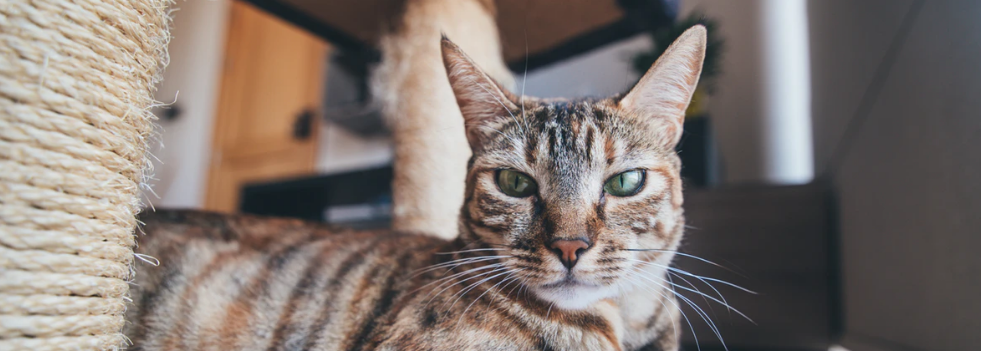
Kitten Scratch Posts
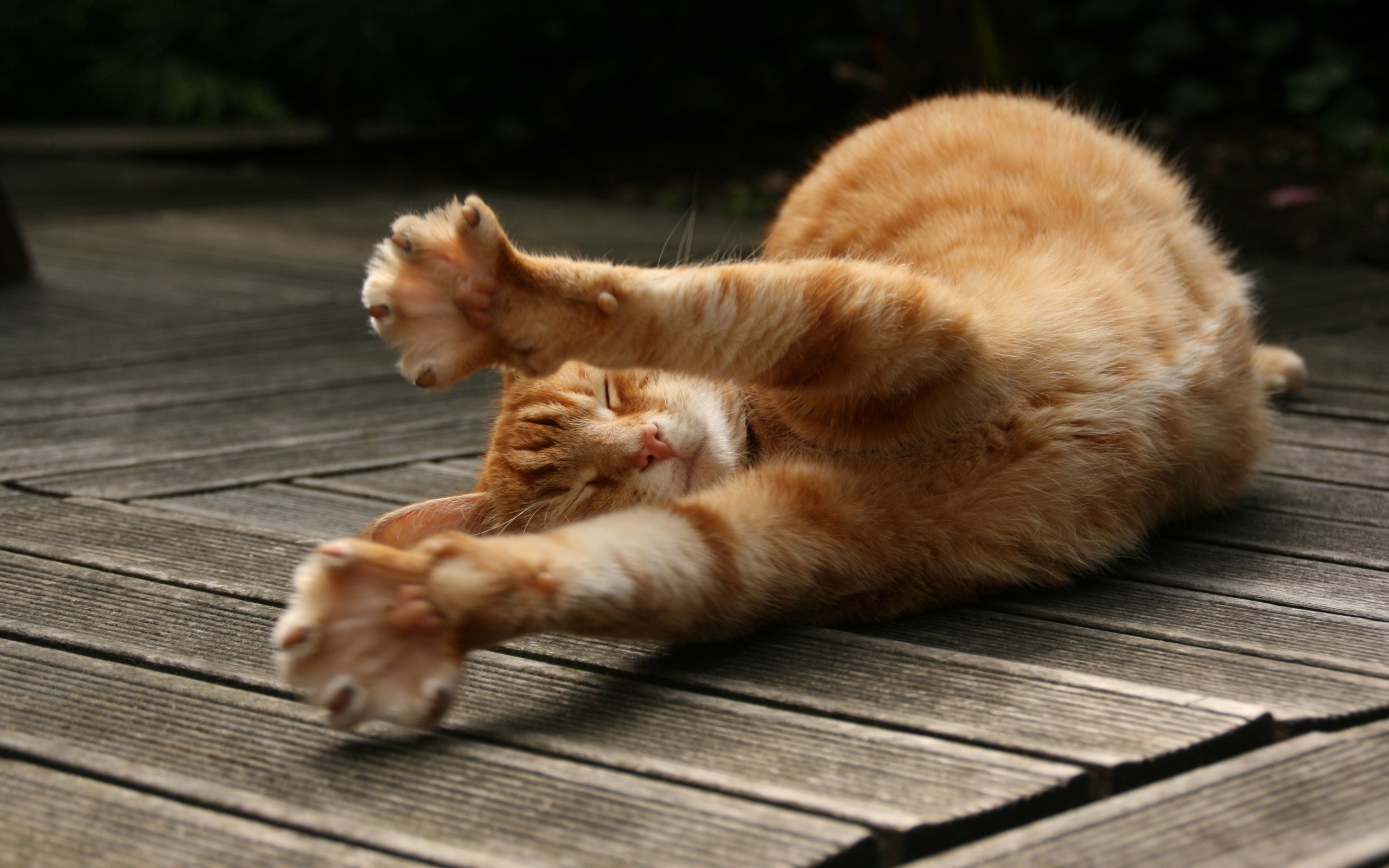
Introduce your Kitten to Scratching Stimuli with our collection of Kitten Scratch Posts and Furniture. Featuring Scratch Repellent & Scratch Mats.
Why do cats knead?
Understanding your cat’s behaviour is one of the joys of keeping a feline pet. Every cat is different, and things like how much they purr, socialise with you, and play, will all be part of their unique personality.
As a cat owner, you can benefit from understanding your pet’s behaviour. Whether they’re feeling happy, anxious, or sleepy, getting to know their moods can help you provide the best possible care for your fluffy companion.
While sometimes it’s easy to know how your cat is feeling, there are some types of common cat sounds and behaviours which are often misunderstood. It’ll be useful to know about these so you can make sure your pet is as happy as possible with you.
Here, we’ll look at kneading.
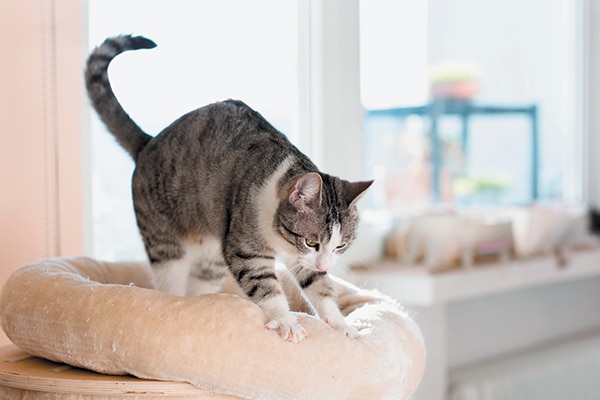
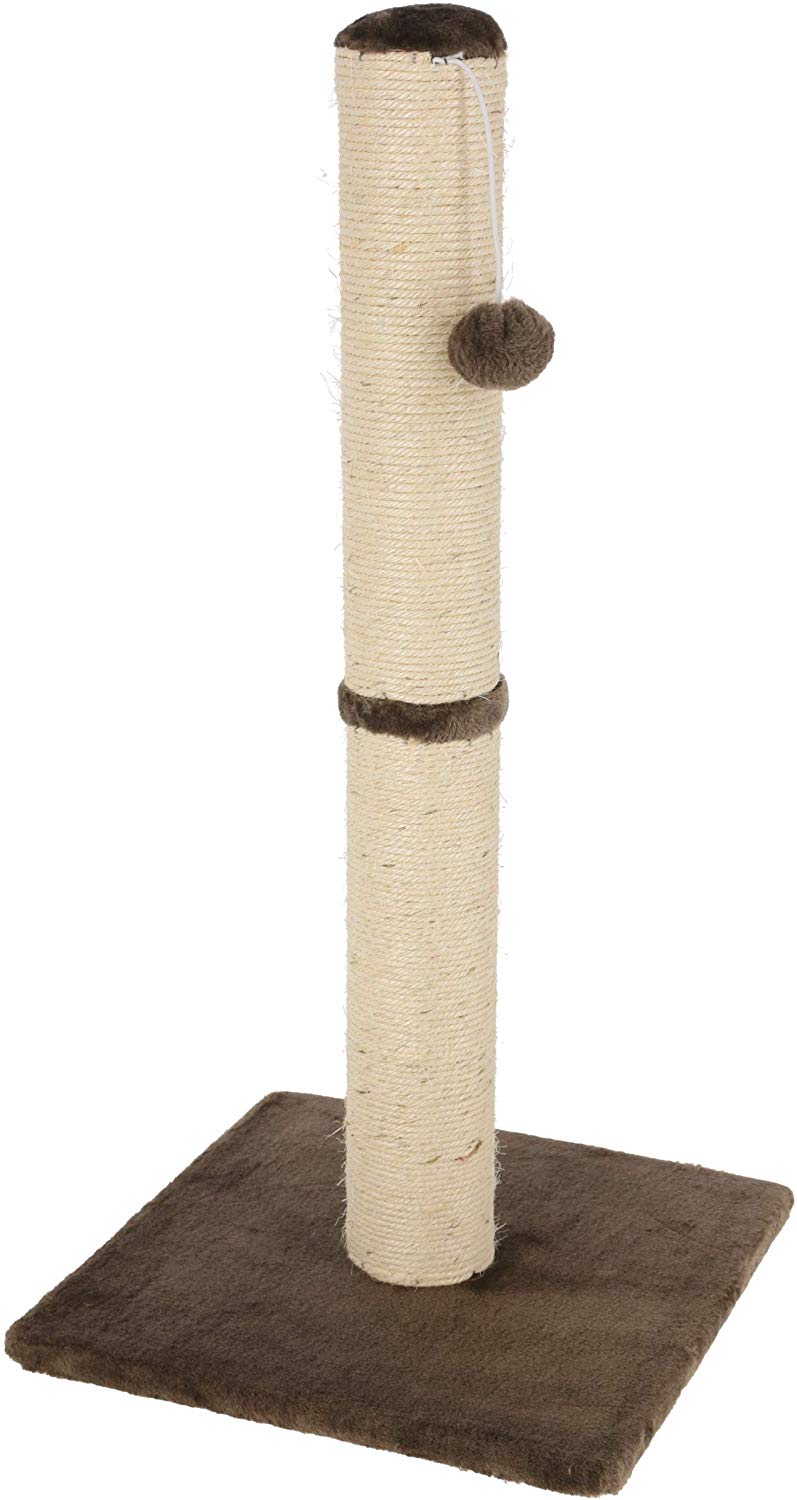
Opal Maxi Scratching Post
Kerbl
£20.21
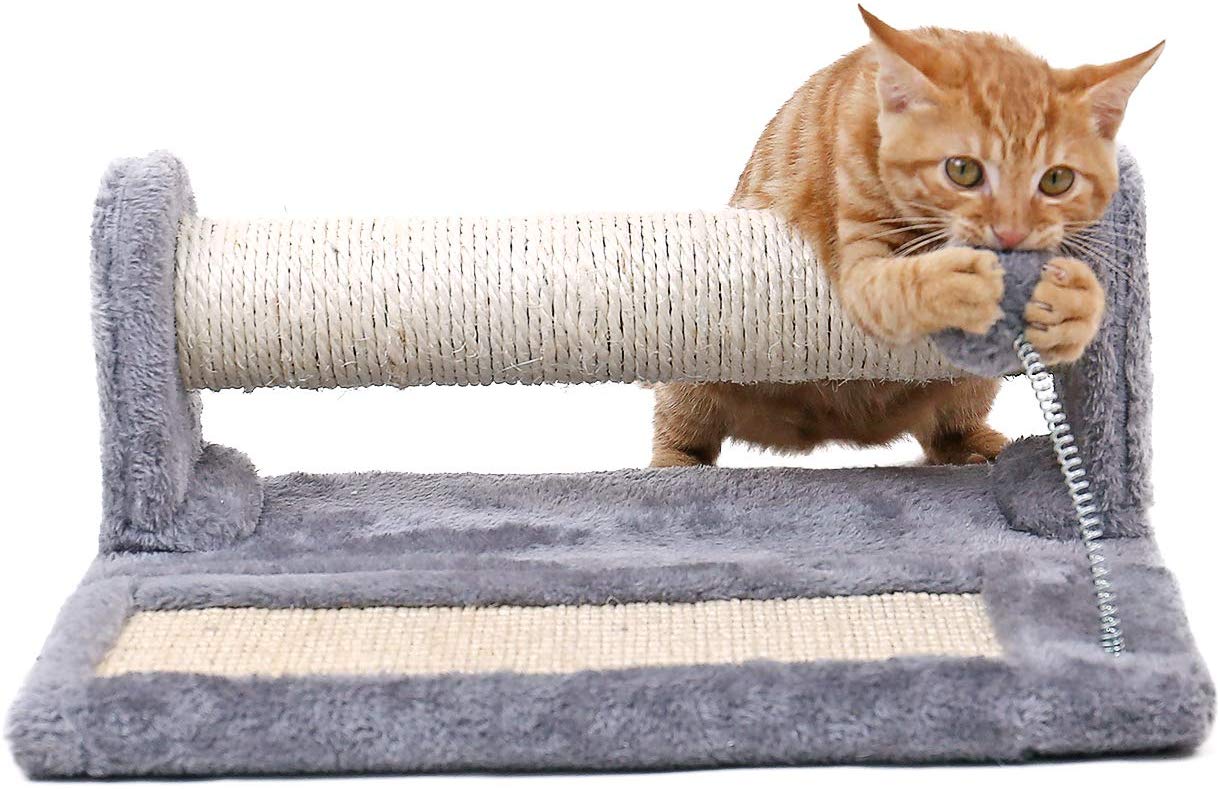
Scratching Post & Spring Ball
PAWZ Road
£19.99

Scratcher w/ Catnip
Nobleza
£14.99
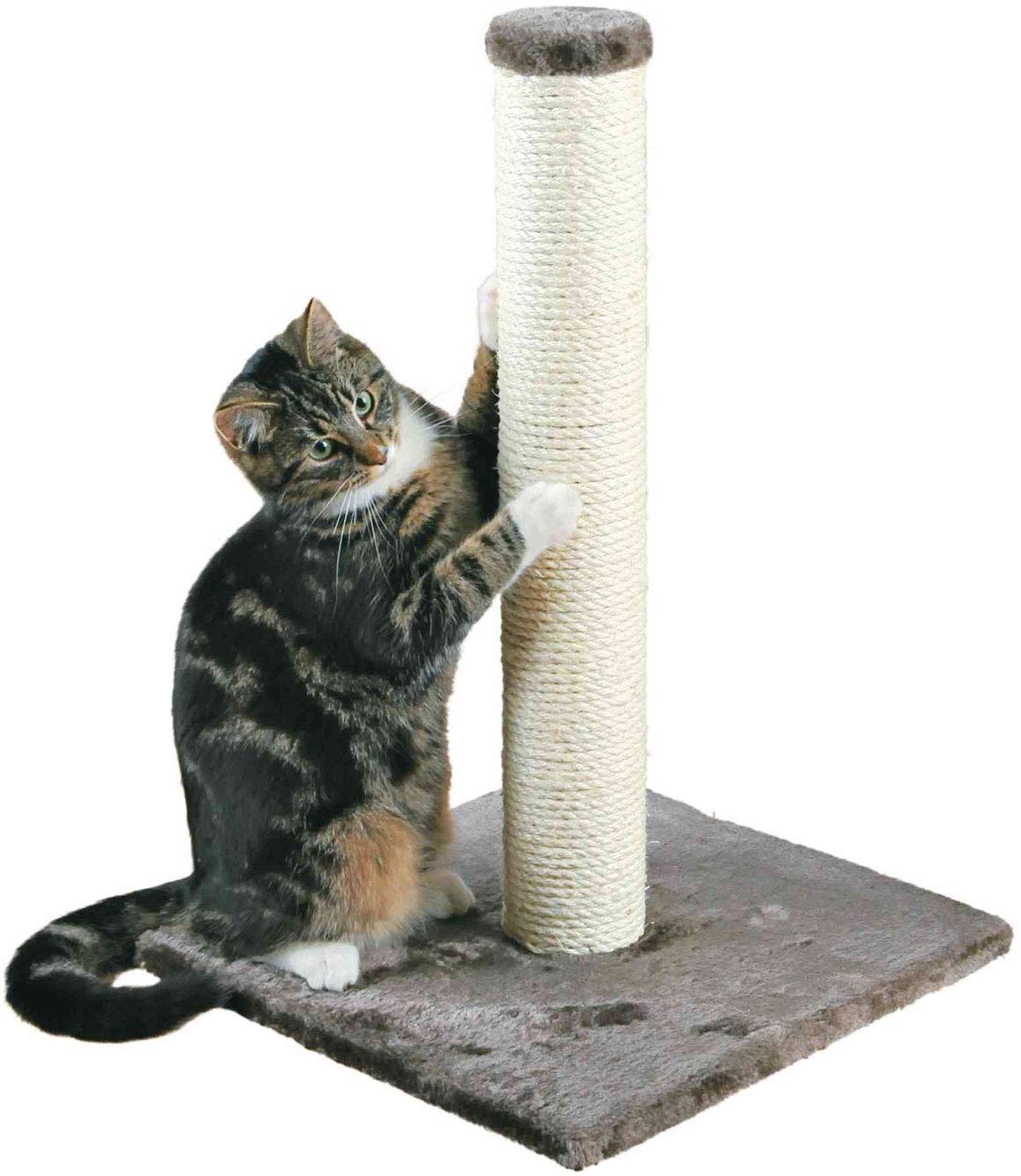
Grey Scratching post
Trixie
£14.19
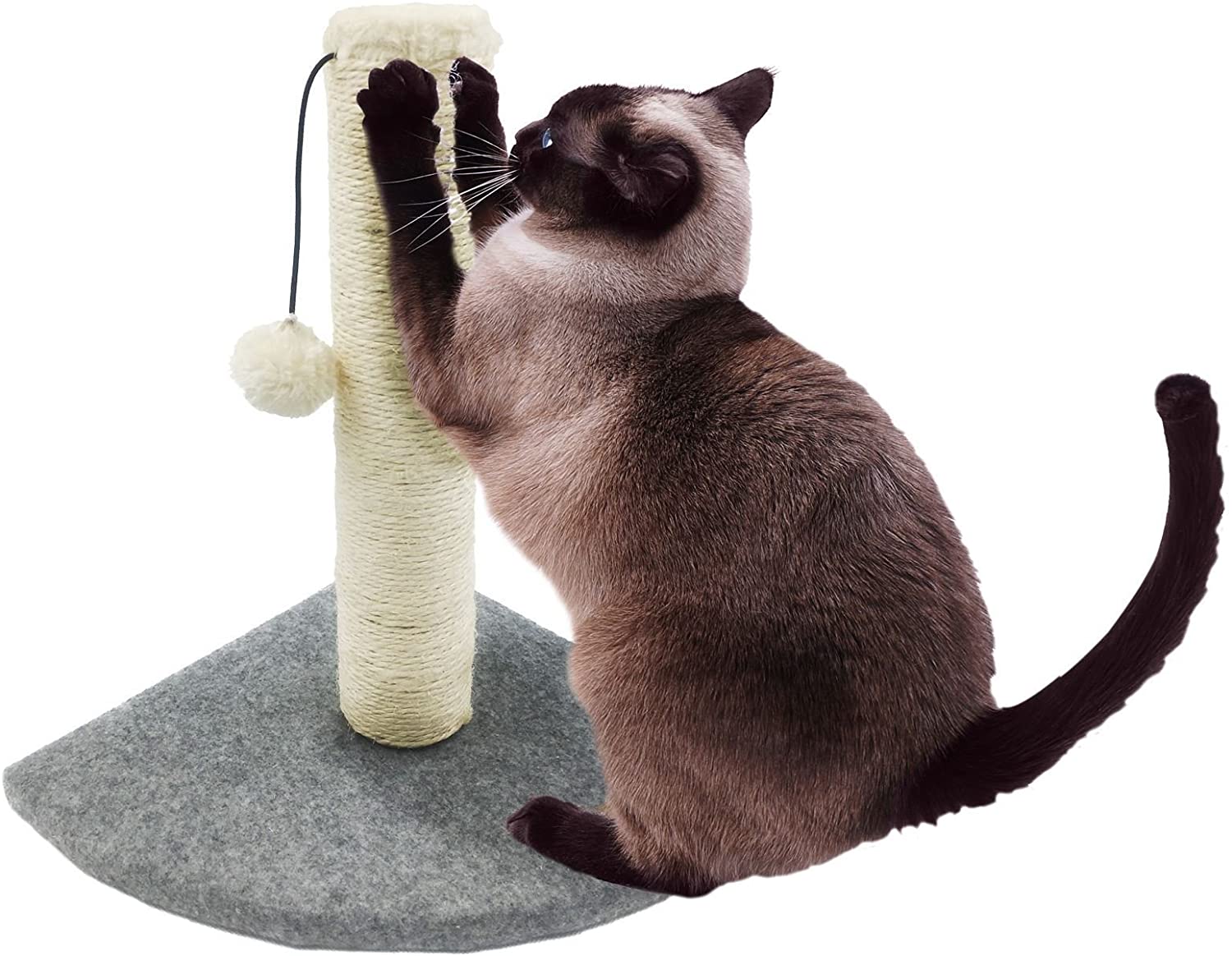
Corner Scratch Post
St@llion
£15.88
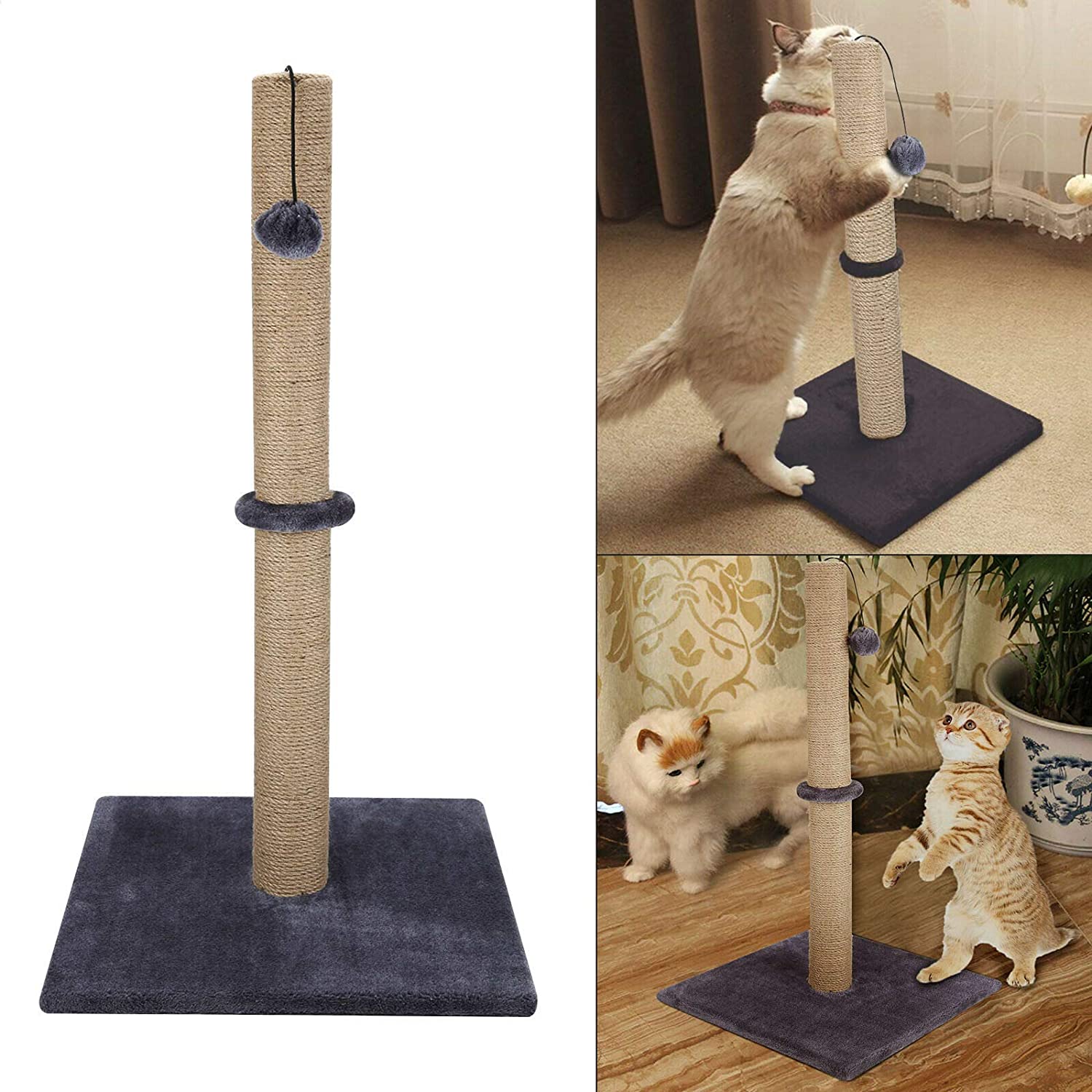
Tall Scratching Post
Shoze
£12.99
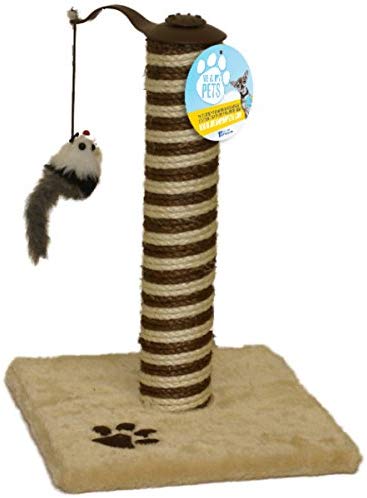
Scratching Post & Mouse
Me & My Pets
£9.99

Replacement Scratching Trunk
Trixie
£12.99
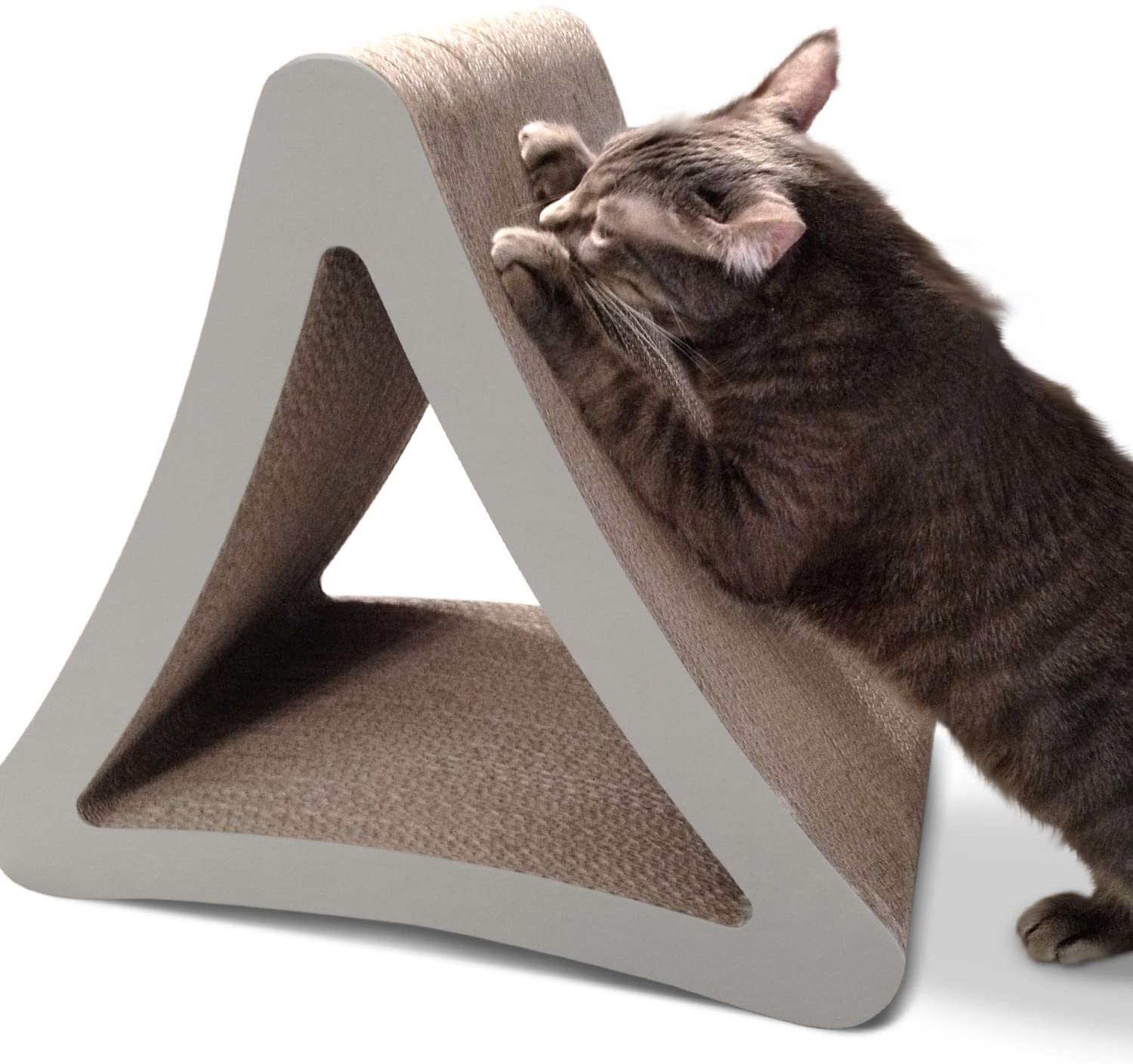
Scratching Cardboard
PetFusion
£34.95
What is kneading?
![[object Object]](https://i1.adis.ws/i/petsathome/Bright-white-cat-paws.-Sleeping-on-yellow-background,-copy-space.-1127272812_1185x889.jpg?qlt=50&w=400)
Kneading is a rhythmic push and pull motion that cats make with their front paws. Using alternating paws, cats push into the surface like a baker kneading their dough, which is where the name comes from.
Cats knead in different ways, with some using claws, purring at the same time, or even dribbling while they knead.
Why do cats knead?
There are several theories about why cats knead. It’s most commonly believed that the habit of kneading starts in kittenhood when kittens rely on their mother’s milk for food. Kittens knead their mother’s stomach to increase the flow of milk, which explains why some cats dribble when they knead.
Another idea is that kneading is inherited from wild ancestors, who would paw at the ground to create a soft nest and check for animals hidden in the foliage. Cats have scent glands in their paws, which leads some to believe that kneading is a way for them to mark out their territory.

Understanding your cat’s knead
If your cat is kneading your stomach or lap, or a cushion in your house, it could be because they’re feeling secure and comfortable like a kitten with its mother.
While their kneading claws can be uncomfortable, your cat isn’t trying to hurt you when they display this behaviour. Nevertheless, it can be a good idea to lay a blanket between you and your cat when you’re sitting together if you know they’re a sharp kneader!
![[object Object]](https://i1.adis.ws/i/petsathome/Tabby-cat-kneading-her-cushion-531075279_1257x838.jpg?qlt=50&w=400)
Never punish your cat for kneading. It’s an instinctive behaviour and a sign of affection, so stopping or punishing your pet wouldn’t be fair. Use the blanket technique, encourage your cat to relax by gently pushing their body down, or distract them with a toy as a fun way to stop their kneading if it’s bothering you.





